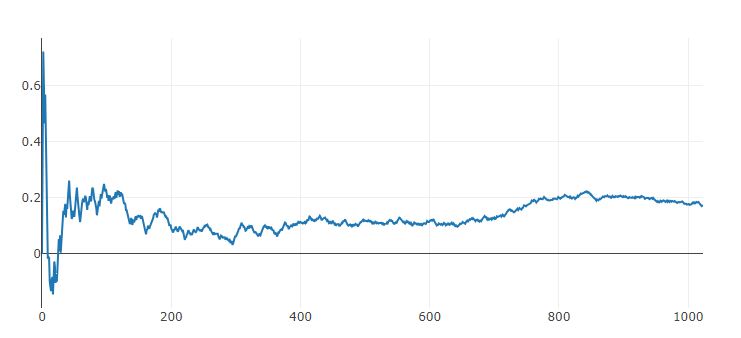|
|
 |
Fractals
Natures pattern... |
|
|
|
Fractal signal analysis and generation represent a multifaceted field with diverse applications and implications; it present a rich area of exploration, blending mathematical theory, computational techniques, and practical applications. Of course, it's not all peaches and cream, there are numerous factors and problems that circle fractal models that warrant careful examination.
Techniques like fractional Brownian motion (fBm), fractional Gaussian noise (fGn), or multifractal processes offer ways to generate signals with self-similar or scale-invariant properties. However, the choice of method and the parameters involved, such as the Hurst exponent or the multifractal spectrum, can significantly impact the resulting signal's characteristics. Therefore, critical assessment of these techniques involves understanding their limitations, assumptions, and applicability to real-world phenomena.
Fractal signal analysis encompasses various methods for characterizing and quantifying fractal properties. Techniques like fractal dimension estimation, detrended fluctuation analysis (DFA), or wavelet analysis offer insights into different aspects of fractal behavior. Then again, the choice of analysis can influence the conclusions drawn about a signal's fractal nature. Fractal analysis has applications in data preprocessing, parameter selection, and statistical significance, highlighting their importance but also the challenges and limitations when drawing meaningful information.
 | Brownian Motion Power Spectrum |  |
Fractal signal analysis example using JavaScript that generates a fractal signal and then presents a visualization.
Generating a fractal signal using fractional Brownian motion (fBm) and analyzing its power spectrum:

 | Fractal Signal (Midpoint Displacement Algorithm) |  |
This algorithm iteratively subdivides a line segment and displaces the midpoint by a random amount.

|
|